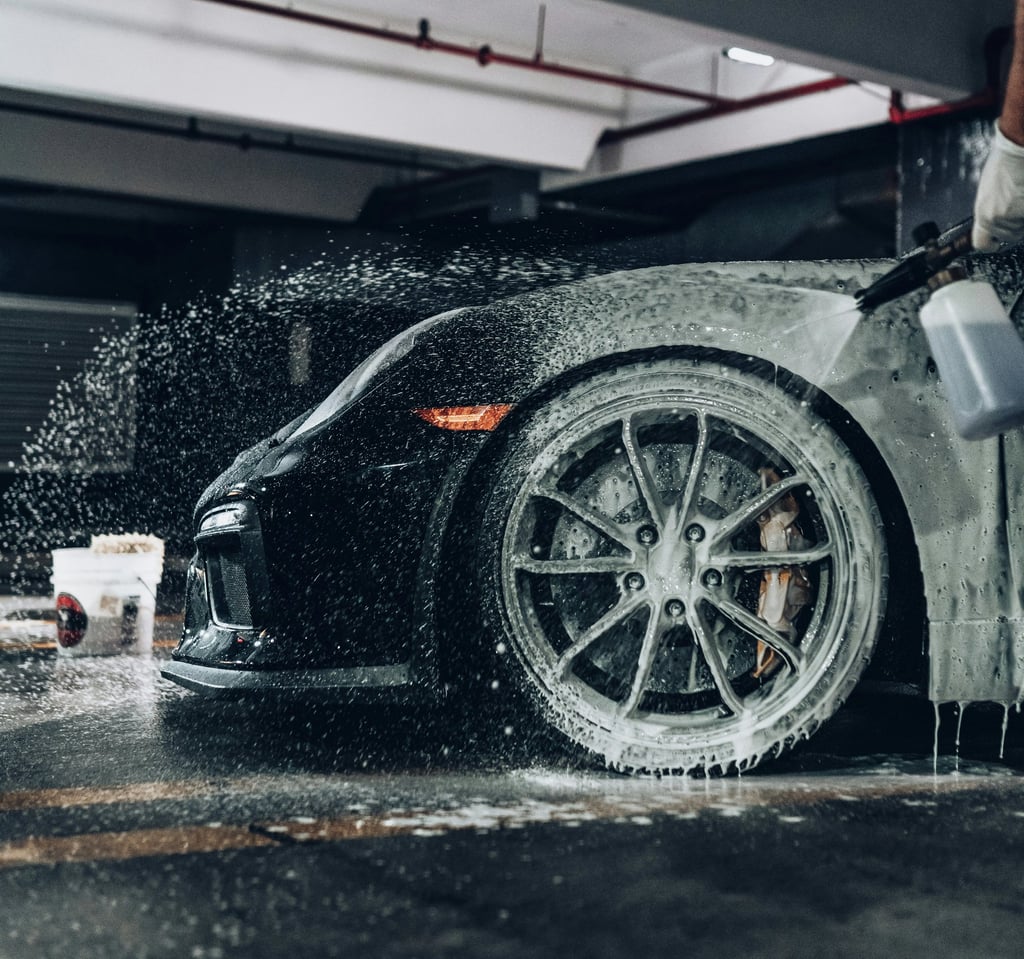Car Wash Bays in Brisbane Multi‑Residential: Amenity or Liability?
A car‑wash bay sounds like a lifestyle perk — but in small Brisbane developments it’s first and foremost a compliance asset with real costs and ongoing duties.
8/28/20253 min read


I keep seeing small multi‑residential projects where the client wants to add a communal wash bay. It absolutely makes sense — until the real costs and responsibilities surface. Here’s the Brisbane‑specific version that keeps the nuance without the fluff.
What Brisbane compliance actually requires
If you choose to include a wash bay in Brisbane:
No discharge to stormwater. Wash water (soaps, grit, hydrocarbons) must be captured and sent to sewer, not stormwater.
Trade Waste Approval is separate from plumbing approval. You need Queensland Urban Utilities (QUU) trade‑waste approval to discharge wash water to sewer, with conditions and (usually) ongoing fees.
Pre‑treatment is standard. A sump + oil‑water separator (OWS) and sediment control are typically required so discharge meets QUU limits.
Keep rain out of the sewer. Provide a roof over the bay or a diversion system so rainfall doesn’t enter the sewer via the wash area.
By‑laws & operations. Bodies corporate must set and enforce rules (hours, no mechanical work, clean‑up after use), maintain equipment, and keep service records.
DA conditions may apply. While a wash bay isn’t generally mandated, proposing one can attract approval conditions (cover, noise, access, signage). A visitor bay can’t “double” as a wash bay without engineered drainage, pre‑treatment, and trade‑waste compliance.
Design essentials for compact, compliant bays
Contain & direct flow: Bunded/graded slab (≈1:80) to a trench drain feeding a sump and OWS.
Roofed where possible: Avoid storm inflow and simplify compliance.
Right‑sized OWS: Select to expected flow; allow access for pump‑outs.
Close to a sewer point: Minimize long runs and pumping; allow for a backflow prevention device.
Durable, safe finishes: Slip‑resistant floor, protected fixtures, good lighting and sightlines.
Clear intent: Line‑marking and signage: “Wash Bay only. No repairs. Keep area clean.”
Responsibilities & risk (what the Body Corporate inherits)
Environmental duty: Prevent unlawful discharge; maintain OWS; comply with trade‑waste limits.
Safety duty: Manage slip risk (surface, drainage, housekeeping) and provide adequate lighting.
Maintenance duty: Routine cleaning, scheduled OWS pump‑outs, annual backflow testing, repairs.
Administrative duty: Enforce by‑laws, manage bookings/hours, keep maintenance records, budget for ongoing costs.
Insurance awareness: Confirm coverage for a wet‑use facility on common property.
What it really costs — a realistic 20‑unit example
Assumptions: One shared bay; basement or ground‑level location with sewer connection available; 2025 Brisbane pricing, indicative only (ex‑GST). Always confirm with quotes.
Cost figures are indicative only, based on Brisbane pricing as at August 2025; obtain current quotes for your project.
CAPEX (Capital Expenditure) — one compliant bay
Slab works: grading, trench drain, sump pit, bunds ... $6,000
Oil‑Water Separator (compact unit) ... $7,500
Plumbing to sewer (incl. valves, backflow device) ...0$12,000
Roof/carport over bay (steel posts, gutters, DP) ... $10,000
Hose reel, tapware, isolation/backflow hardware ... $1,200
Electrical (lighting, GPO for equipment) ... $2,000
Line‑marking & signage (rules, safety) ... $800
Design & approvals (hydraulic design, QUU Trade Waste app, coordination, documentation allowance) ... $6,000
Subtotal CAPEX ... $45,500
Contingency (10%) ... $4,550
Indicative CAPEX total ... $50,050
OPEX (Operational Expenditure) — typical annual
QUU Trade Waste permit/charges (category‑dependent) ... $300–$700/yr
OWS pump‑out & servicing (2× per year @ ~$500) ... $1,000/yr
Routine cleaning of bay (caretaker/contractor) ... $800–$1,500/yr
Backflow device test & minor repairs ... $150–$300/yr
Water & sewer usage (light use across 20 units) ... $500–$1,000/yr
Indicative OPEX total ... $2,750–$4,500/yr
Opportunity cost
One car space “given up”. In a 20‑unit boutique scheme, a private bay can represent $20k–$40k in value (project‑specific). If a visitor bay is repurposed, consider the planning/marketing trade‑off of losing visitor parking.
Quick read: Budget ≈ $50k CAPEX + ≈ $3–4.5k/yr OPEX, plus the value of one car space.
Amenity vs liability — how to decide (for small developers)
Amenity wins when the buyer profile expects premium communal facilities, and the body corporate can manage compliance.
Liability risk where space is tight, budgets are lean, or strata management is light‑touch.
If in doubt: Don’t include one. State clearly in sales/BC documents that on‑site car washing isn’t available due to environmental compliance — direct residents to nearby commercial wash facilities.
Practical operations playbook
Adopt a simple booking or time‑limit system to avoid conflict.
Post clear rules (no engine‑bay washing, no chemicals beyond mild detergent, clean up after use).
Lockable hose reel; consider an isolation valve to discourage after‑hours use.
Service schedule pinned in the plant room (OWS pump‑out dates, backflow test due, contractor contacts).
Keep a spill kit on hand and train the building manager on incident response.
If this resonates with your next project, get in touch to discuss your project.
General disclaimer
This article is for general information only and not legal, engineering or financial advice. Requirements and costs vary by site and over time. Engage a hydraulic engineer and consult Brisbane City Council and Queensland Urban Utilities for your project.
References
Queensland Urban Utilities — Trade Waste overview & approval
QUU — Trade Waste guidelines & forms
QUU — Prices & charges
Environmental Protection Act 1994 (Qld) — s440ZG (prescribed water contaminants)
QLD Department of Environment — Stormwater/water pollution guidance
SA Water — Vehicle Washing trade waste guideline (national design benchmark)


